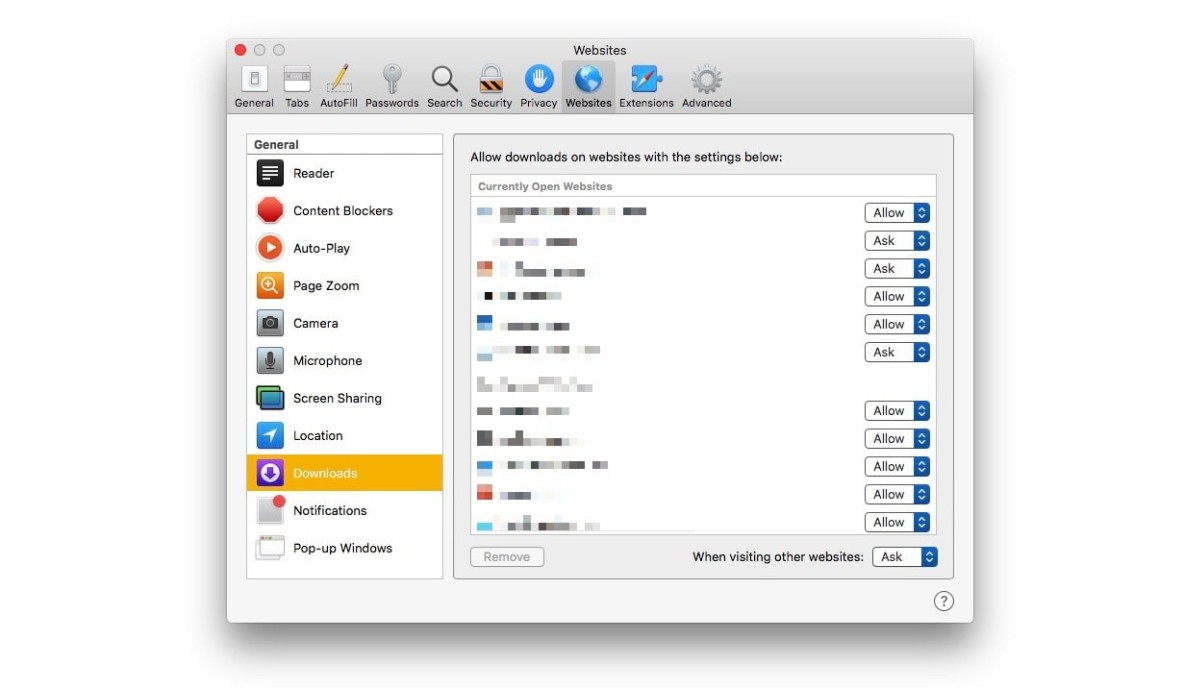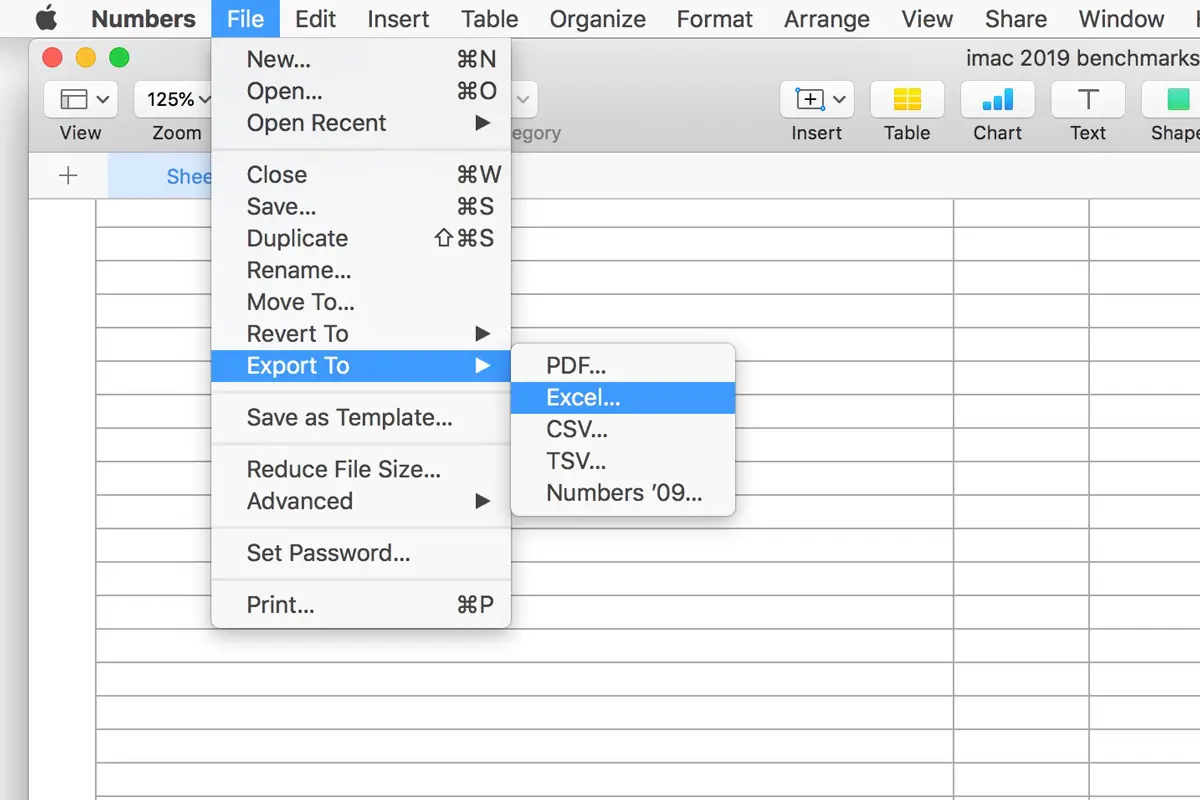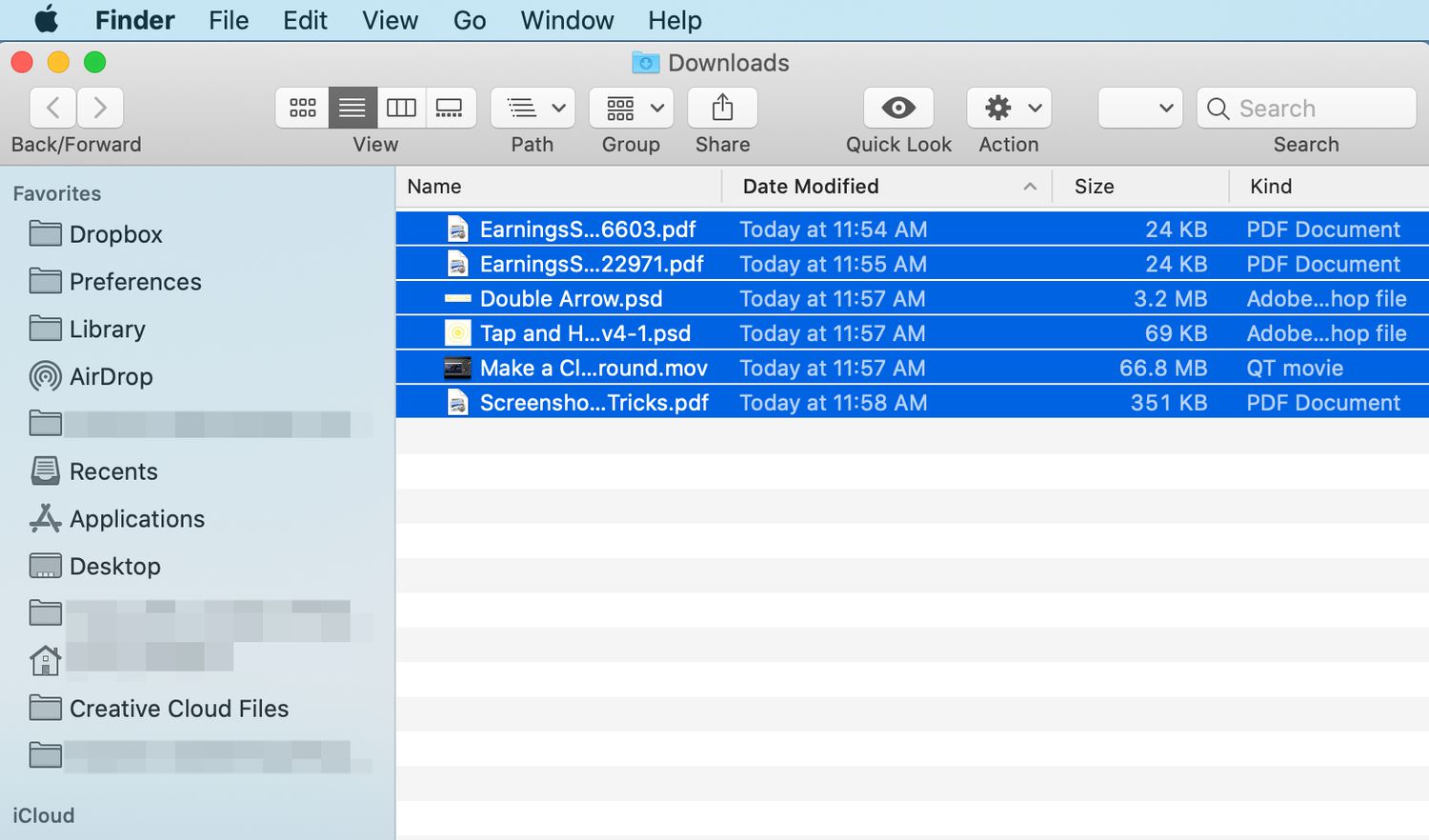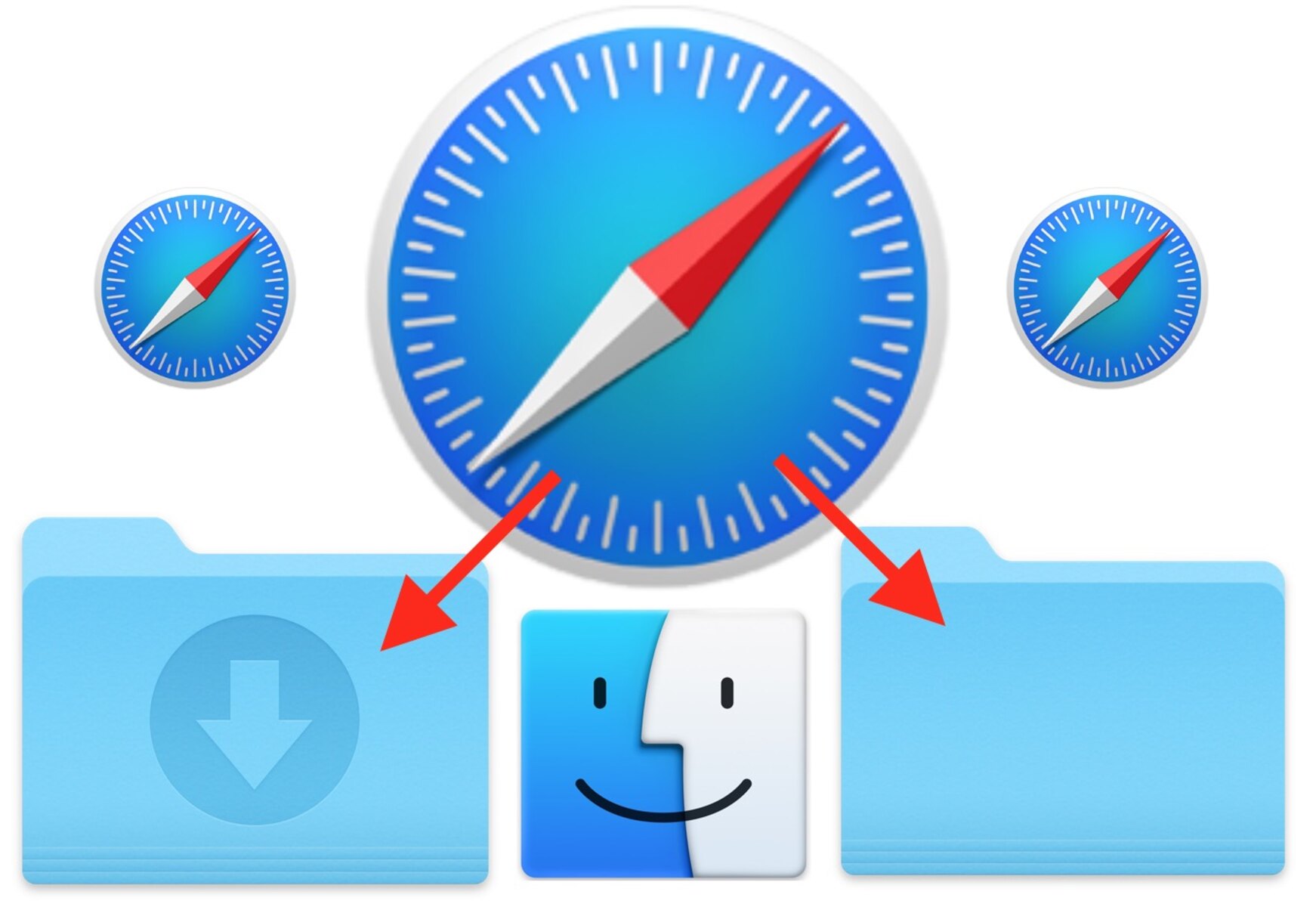Introduction
Opening downloads on Mac Safari is a fundamental aspect of using the browser to access and utilize various files. Whether it's a PDF document, a software installer, or a multimedia file, knowing how to access and open downloads is essential for a seamless browsing experience. Safari, the default web browser on Mac, offers a straightforward process for managing and accessing downloaded files. Understanding this process can help users efficiently locate and utilize their downloaded content.
In this guide, we will explore the step-by-step process of accessing and opening downloads on Mac Safari. Additionally, we will address common issues that users may encounter when attempting to open downloaded files, providing troubleshooting tips to ensure a smooth experience. By following the instructions outlined in this guide, users can gain a comprehensive understanding of managing downloads in Safari and effectively accessing their downloaded content.
Let's delve into the details of how to navigate the downloads section in Safari and effortlessly open downloaded files on a Mac. Whether you're a seasoned Mac user or a newcomer to the platform, mastering this essential skill will undoubtedly enhance your browsing proficiency and overall user experience.
Step 1: Accessing the Downloads
Accessing the downloads in Safari on a Mac is a simple yet crucial task for anyone who frequently downloads files from the internet. Whether it's a document, image, or software installer, knowing how to locate your downloaded files is essential. Here's a detailed guide on how to access your downloads in Safari on a Mac:
-
Open Safari: Launch the Safari web browser on your Mac. The Safari icon is typically located in the Dock at the bottom of the screen or in the Applications folder.
-
Navigate to the Menu Bar: Once Safari is open, look at the top of the screen for the Menu Bar. Click on "View" in the Menu Bar to reveal a dropdown menu.
-
Access the Downloads Window: In the "View" dropdown menu, locate and click on "Show Downloads" (alternatively, you can use the keyboard shortcut Command + Option + L). This action will open the Downloads window, displaying a list of your downloaded files.
-
View and Manage Downloads: The Downloads window provides a comprehensive view of all your downloaded files. You can sort the downloads by name, date added, size, and more. Additionally, the window allows you to search for specific downloads, clear the download history, and access the downloaded files directly from this interface.
-
Understanding Download Status: Within the Downloads window, you can monitor the status of ongoing downloads. Files that are currently downloading will be listed at the top, displaying the download progress and estimated time remaining.
By following these steps, you can effortlessly access your downloads in Safari on a Mac. This streamlined process ensures that you can efficiently locate and manage your downloaded files, facilitating a seamless browsing experience.
Understanding how to access your downloads in Safari is a fundamental skill that empowers users to effectively navigate their downloaded content. With this knowledge, users can confidently proceed to the next step of opening their downloaded files, which we will explore in the following section.
Step 2: Opening the Downloaded File
Once you have successfully accessed your downloads in Safari on your Mac, the next step is to open the downloaded file. Whether it's a document, an image, a compressed archive, or a software installer, Safari provides a seamless process for opening various types of downloaded files. Here's a detailed guide on how to open your downloaded file in Safari on a Mac:
-
Locate the Downloaded File: After accessing the Downloads window in Safari, browse through the list of downloaded files to locate the specific file you wish to open. The file names are typically displayed along with relevant details such as file size and download status.
-
Double-Click to Open: Once you have identified the downloaded file you want to open, simply double-click on the file name. Alternatively, you can right-click on the file and select "Open" from the context menu. This action will initiate the default behavior associated with the file type. For example, a PDF document will open in the default PDF viewer, while a software installer may prompt you to begin the installation process.
-
File Associations: Safari on Mac is designed to recognize common file types and associate them with the appropriate default applications. For instance, image files may open in the Preview app, while multimedia files may launch in the default media player. Understanding these file associations can help streamline the process of opening downloaded files, as Safari intuitively leverages the default applications for various file types.
-
Customizing File Associations: In some cases, you may prefer to open a specific file type with an application other than the default. To customize file associations, right-click on the file, select "Open With," and choose the desired application from the list. You can also set the chosen application as the default for opening that particular file type, ensuring that future downloads of the same type will automatically open in your preferred application.
-
Verifying File Integrity: Before opening downloaded files, especially software installers or compressed archives, it's advisable to verify the integrity of the file. This can be done by checking the file size and ensuring that it matches the expected size for the specific file type. Additionally, running a malware scan on downloaded executable files can help mitigate potential security risks.
By following these steps, you can effectively open your downloaded files in Safari on your Mac. This streamlined process allows you to seamlessly access and utilize your downloaded content, enhancing your overall browsing experience.
Understanding how to open downloaded files in Safari is essential for leveraging the full potential of your downloaded content. With this knowledge, you can confidently explore and utilize the diverse range of files that you download while browsing the web.
Step 3: Troubleshooting Common Issues
While accessing and opening downloads in Safari on a Mac is generally straightforward, users may encounter common issues that can hinder the seamless experience of managing downloaded files. Understanding how to troubleshoot these issues is essential for ensuring a smooth and efficient browsing experience. Here's a detailed exploration of common issues and troubleshooting tips:
Incomplete Downloads
One of the common issues users may encounter is incomplete downloads. This can occur due to network interruptions, server issues, or insufficient disk space. If you notice that a download is incomplete, try the following troubleshooting steps:
- Check your internet connection to ensure it is stable.
- Verify that there is sufficient disk space available on your Mac for the download to complete.
- If the download remains incomplete, consider restarting the download process.
File Not Opening
Sometimes, users may experience difficulty in opening downloaded files. This can be attributed to file corruption, incompatible file formats, or issues with the default application association. To troubleshoot this issue, consider the following steps:
- Verify the file format and ensure that it is supported by the default application or an alternative application installed on your Mac.
- If the file appears to be corrupted, attempt to re-download it from the original source.
- Check the default application association for the specific file type and consider opening the file with an alternative application.
Downloaded File Appears Empty
In certain cases, users may encounter downloaded files that appear to be empty or contain no data. This can be frustrating, especially when expecting valuable content. To address this issue, consider the following troubleshooting steps:
- Check the file size of the downloaded file to ensure it aligns with the expected size for the specific file type.
- If the file appears to be empty, attempt to re-download it from the original source.
- Consider the possibility of file corruption or an issue with the source of the download.
Security Warnings
When attempting to open certain downloaded files, users may encounter security warnings or alerts from their Mac's security features. While these warnings are designed to protect users from potential threats, they can sometimes impede the opening of legitimate files. To address security warnings, consider the following steps:
- Verify the source of the downloaded file to ensure it is from a trusted and reputable website.
- If the security warning persists, consider adjusting the security settings on your Mac to allow the opening of the specific file type.
By familiarizing yourself with these common issues and the corresponding troubleshooting tips, you can effectively address potential challenges when accessing and opening downloads in Safari on your Mac. These troubleshooting strategies empower users to overcome obstacles and optimize their browsing experience, ensuring that they can efficiently manage and utilize their downloaded content.
Conclusion
In conclusion, mastering the process of accessing and opening downloads in Safari on a Mac is a valuable skill that empowers users to seamlessly navigate their downloaded content. By following the step-by-step guide outlined in this article, users can confidently manage their downloads and efficiently open various types of files, ranging from documents and images to software installers and multimedia files.
Understanding how to access the Downloads window in Safari provides users with a centralized hub for monitoring and managing their downloaded files. The ability to sort, search, and clear the download history from this interface enhances the overall organization and accessibility of downloaded content. Additionally, the visibility of download status within the Downloads window enables users to monitor ongoing downloads and track their progress with ease.
The process of opening downloaded files in Safari is streamlined and intuitive, leveraging default file associations to seamlessly launch files in their respective applications. Furthermore, the flexibility to customize file associations empowers users to tailor their file-opening experience according to their preferences, ensuring a personalized and efficient workflow.
By addressing common issues and providing troubleshooting tips, this guide equips users with the knowledge to overcome potential challenges when accessing and opening downloads in Safari. From addressing incomplete downloads to navigating security warnings, users can confidently troubleshoot issues and optimize their browsing experience.
Mastering the management of downloads in Safari on a Mac is not only practical but also essential for maximizing the utility of downloaded content. Whether it's accessing important documents, exploring multimedia files, or installing software, the ability to efficiently open downloaded files enhances productivity and facilitates a seamless browsing experience.
In essence, the skills acquired through this guide empower users to harness the full potential of their downloaded content, ensuring a smooth and efficient browsing experience in Safari on a Mac. With a comprehensive understanding of accessing and opening downloads, users can navigate their downloaded files with confidence and ease, enhancing their overall browsing proficiency.

























